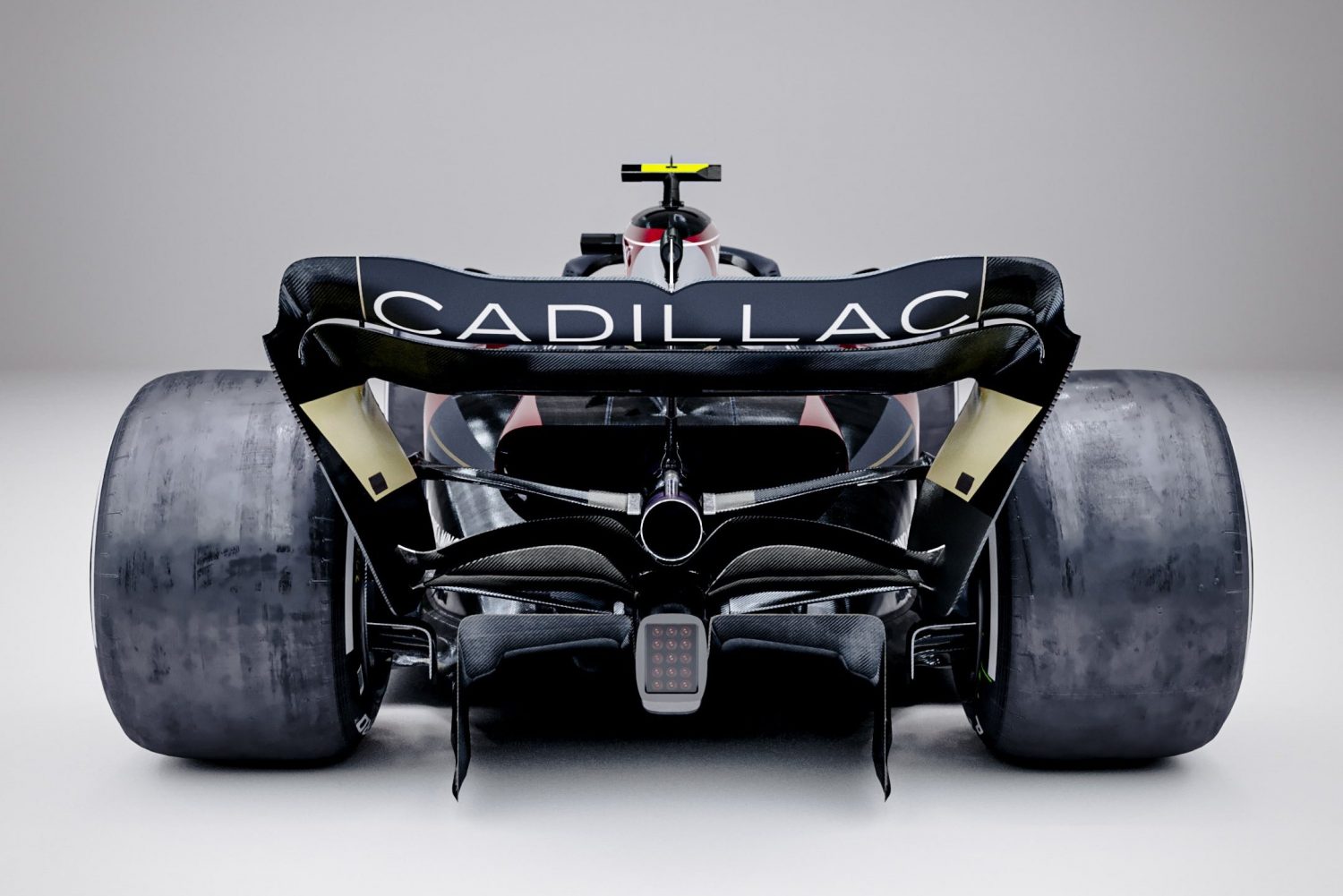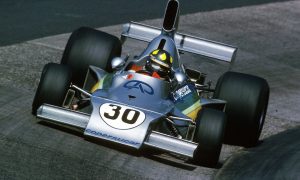
Red Bull team boss Christian Horner believes a battle in F1 between US automotive giants Ford and General Motors would further boost Grand Prix racing's profile in the American market.
For decades, Formula 1 struggled to gain a foothold in the US market due to a restricted fan base.
But for the past several years, the sport has enjoyed exponential growth in the country in large part thanks to the success of the hugely popular ‘Drive to Survive’ docuseries streamed on Netflix.
Not only has F1’s American audience swelled to significant levels, raking in significant broadcast fees, the sport’s growth has culminated with the presence of three races, with Miami and Las Vegas joining Austin on the series’ docket.
Verstappen's unparalleled dominance over the past two seasons, with a record-breaking 19 race wins in 2023, has undoubtedly helped put F1 under the spotlight in the US.
In a significant development early last year, Ford announced a "long-term strategic partnership" with Red Bull. The partnership involves Ford providing technical assistance to Red Bull's newly formed Powertrains affiliate in developing the next generation of hybrid power units, scheduled to debut in F1 in 2026.
Furthermore, GM has registered with the FIA its intent to also enter Formula 1 as an engine supplier from 2028, with a plan to power the Andretti Cadillac F1 team should the latter get a green light to join the fray from Formula One Management, with talks currently ongoing.
Horner now sees the potential rivalry between Ford and GM as a catalyst to further engage American fans and boost the sport’s exposure to even greater heights.
“If GM chose to get involved, ideally, it would be through an existing team,” commented Horner, quoted by Speedcafe.
“I'm sure a Ford-GM battle…those brands have huge patriotism in the US, huge, huge followings. The Ford brand alone…
“You're either a Ford person or a GM person, and the competition that could generate could be exciting as well.”

©SeanBullDesign
Andretti Cadillac’s F1 plans have already been pre-approved by the FIA, but Formula 1 itself is reluctant to add an eleventh team to its ranks given that its constituents would inevitably suffer a dilution of their annual prize fund.
The American outfit must now convince F1, through the voice of its two high-profile partners, that its presence will prove commercially beneficial to the sport.
But Horner believes the lack of clarity surrounding the depth of Cadillac’s involvement as an engine supplier is problematic.
“You have to look at what is the business model behind what GM is looking to do,” Horner explained.
“Is it their project? Is it Andretti's project? If it's a genuine GM project and their only option to come into F1 is through an existing franchise, in the same way Audi is doing [with Sauber], you would hope they would do the same.
“Not many years ago, there were a few insolvent teams, and it's only in recent times that the robustness of the teams is there.
“So you can understand why the teams are reticent to expand and dilute as opposed to saying, you need to join one of the current incumbents, and that's the nervousness of obviously, I guess, the commercial rights holder.”

Although Formula 1’s expansion of late in the US has been remarkable, Horner reckons that a key pillar that would sustain the sport’s foundation in the US is a top flight American driver.
To this day, motorsport legend Mario Andretti remains the last American driver to win in F1, a feat achieved by the 1978 world champion at Zandvoort that same year.
While Williams is banking on Logan Sargeant to take up the mantle, the 23-year-old is unlikely to become a consistent winner in F1 in the near future.
“If you look at the penetration, you have to recognise that a large percentage of that has come off the Netflix series,” Horner argued.
“It has opened up that market, that we now have three races, which would have been unheard of; Ford has come back into Formula 1 which, four years ago, would have been unimaginable, and we have five Fortune 500 companies represented on our car now.
“The fan base is growing, the venues are growing, but I think what Formula 1 needs, for its long-term penetration into the US, is competitive American drivers, and a driver racing for victories.”
As to whether he felt there were any waiting in the wings, he replied: “There are more and more drivers coming through the junior formulas, so it's just a matter of time.”
Keep up to date with all the F1 news via Facebook and Twitter







